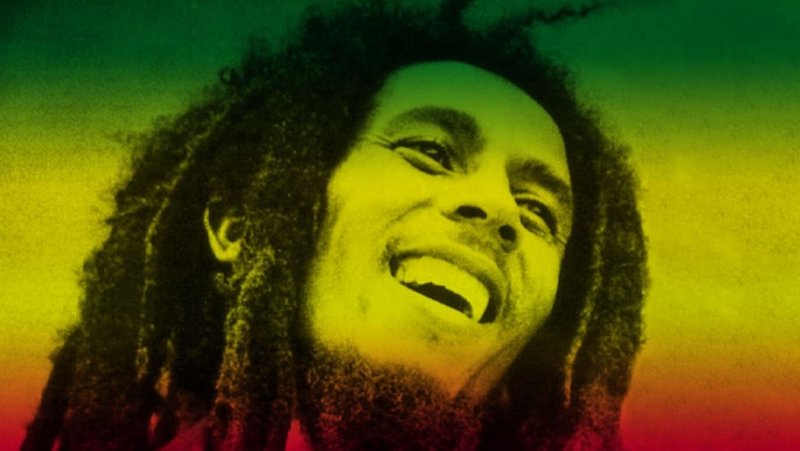
Fiction

1.Beast by Paul Kingsnorth
(7 Rave, 2 Positive)
“…[a] wild and spectacular new novel. It’s a book that strips away civilization’s fripperies in an attempt to discover the savagery beneath and beyond. Kingsnorth wants us to see the world not as we’ve been habituated to see it, through the lenses of technology and capital, but as it is in its primal form.”
–Anthony Domestico (The Boston Globe)
Read an essay by Paul Kingsnorth here
*

2. The Blinds by Adam Sternbergh
(5 Rave, 2 Positive, 1 Mixed)
“Sternbergh’s characters are intriguing, his plot is suspenseful and his outlook is endearingly dark … For Sternbergh, just about all our minds are guilty and thus potentially fascinating, if not homicidal … Read it and weep. Or laugh. Or both. Sternbergh is an original, grandly irreverent writer.”
–Patrick Anderson (The Washington Post)
Read an essay by Adam Sternbergh here
*

3. Sour Heart by Jenny Zhang
(4 Rave, 3 Positive, 1 Mixed)
“Zhang’s writing strips away the layers between reader and experience; her gaze is unflinching, and she never cuts away when things become uncomfortable or grotesque. The effect is something like watching a wound scar in reverse … Humiliating, brutal, funny, visceral, and truthful.”
–Bijan Stephen (The New Republic)
Read an interview with Jenny Zhang here
*

4. I Am the Brother of XX by Fleur Jaeggy
(5 Rave)
“Jaeggy, a master of the short form, again creates something unforgettable with these otherworldly stories … Told in Jaeggy’s characteristically jagged prose, these dark stories of madness, loss and murder are urgent and evocative … This is an intensely beautiful and original collection that bristles with a strange and often disturbing magic.”
–Claire Kohda Hazelton (The Guardian)
*

5. New People by Danzy Senna
(3 Rave, 3 Positive, 1 Mixed)
“It says a great deal for New People — Danzy Senna’s martini-dry, espresso-dark comedy of contemporary manners — that its compound of caustic observations and shrewd characterizations could only have emerged from a writer as finely tuned to her social milieu as [Jane] Austen was to hers.”
–Gene Seymour (Newsday)
**
Non Fiction
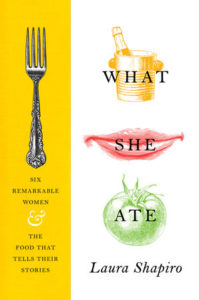
1.What She Ate by Laura Shapiro
(5 Rave, 3 Positive)
“By writing about these women and not focusing on gastronomy’s usual suspects, Shapiro is able to use the unexpected context of the book to bring great insight into the roles and expectations of women and men, particularly during the 20th century. Reading these stories, one after the other, one realizes how Shapiro deftly uses food to link one woman to another — and to us today … a deliciously satisfying read.”
–Bill Daley (The Chicago Tribune)
*

2. Stanton: Lincoln’s War Secretary by Walter Stahr
(3 Rave, 2 Positive)
“Moving swiftly across the enormous landscape of Stanton’s life and times, Stahr provides a narrative that is both readily accessible and compelling for scholars long familiar with the basic facts. Stahr finds in even the more ephemeral material insights into the ways Stanton stood out from his cohort while embodying the virtues and limitations of his times.”
–Ron Elving (NPR)
*
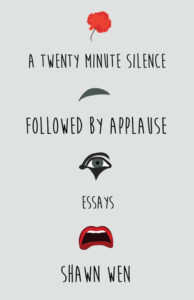
3. A Twenty Minute Silence Followed by Applause by Shawn Wen
(3 Rave, 1 Positive)
“Like a performance by Marceau himself, Shawn Wen’s debut book is a captivating exercise in style and form. It immortalizes the silent man in words … When this passion is approached by an obsessive biographer like Wen, Marceau’s many legacies — including his penchant for amassing wild collections and his sublime ability to embody the infinite onstage — are not only understood, but also immortalized.”
–Melynda Fuller (The Los Angeles Review of Books)
*
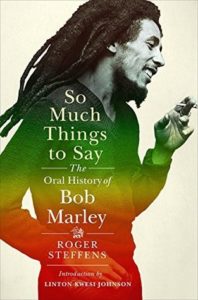
4. So Much Things to Say by Roger Steffens
(1 Rave, 5 Positive)
“So Much Things to Say reveals a Marley of flesh and blood who passed too young in a world that was never too old to learn. ‘In the abundance of water, the fool is thirsty,’ the singer said, and there is water aplenty here. Drink and be satisfied.”
–Jason Rhode (Paste)
*
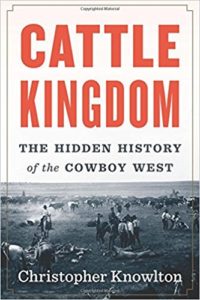
5. Cattle Kingdom by Christopher Knowlton
(1 Rave, 4 Positive)
“Cattle Kingdom is a cautionary tale of boom and bust. Despite the gunslingers and cowpokes, this lively history evokes the headiest days of the housing bubble of the early 2000s or the tulip mania that hypnotized Holland in the 1600s. The analysis does not bog down the storytelling. Knowlton deftly balances close-ups and bird’s-eye views.”
–Edward Dolnick (The New York Times Book Review)
***

